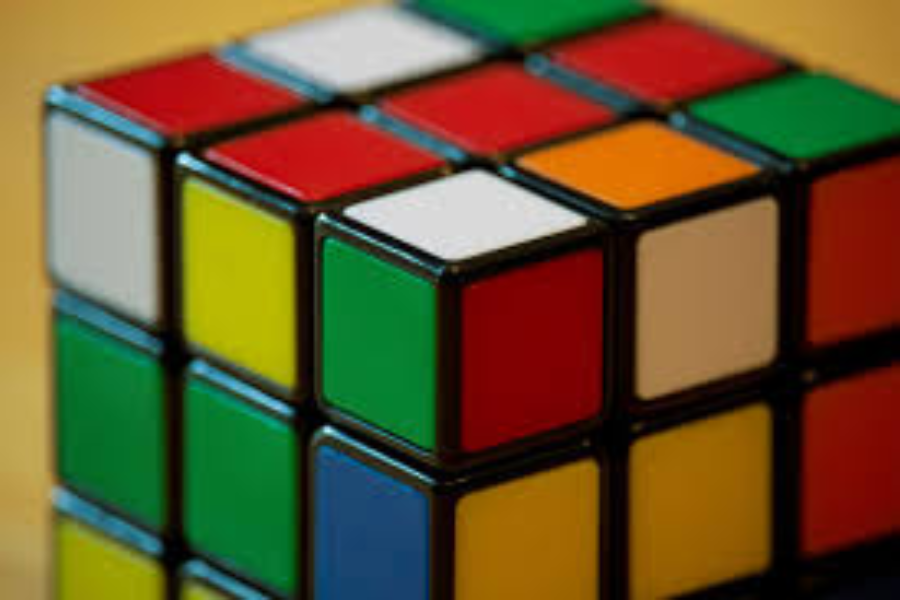Introduction
Have you ever dreamed of blending your passion for drawing:cul23ybyzfm= basketball with your artistic talents? Imagine creating stunning, vibrant artwork that captures the thrill and dynamism of basketball. Whether you’re a beginner or looking to enhance your skills, this guide will offer valuable insights and practical advice for drawing captivating basketball scenes.
In this article, we will explore the essentials of drawing:cul23ybyzfm= basketball We’ll cover everything from the materials you’ll need to detailed techniques for illustrating both static and dynamic scenes. By the end of this guide, you’ll have the knowledge to bring the excitement of basketball to life through your art.
Understanding the Basics of Basketball
Before diving into your artistic journey, it’s crucial to grasp the fundamentals of basketball. This understanding will help ensure your drawings are both accurate and engaging.
The Game and Its Rules
drawing:cul23ybyzfm= basketball Basketball is an exhilarating sport where two teams of five players each compete to score points by shooting the ball into the opponent’s hoop, while defending their own. Key elements include dribbling, passing, shooting, and defending.
Key Elements to Illustrate
To create realistic and captivating sports artwork, focus on the defining features of basketball:
- The Ball: Capture its distinctive shape and texture.
- Player Uniforms: Include details like numbers and team logos.
- The Hoop: Pay attention to its structure and net.
Common Poses and Movements
Observing and understanding the various poses and movements in basketball will add authenticity to your drawings. Study how athletes perform different actions, and familiarize yourself with human anatomy to replicate these movements effectively.
Materials and Tools for Drawing Basketball
Having the right tools is essential for creating high-quality basketball artwork. Here’s what you’ll need:
Choosing the Right Paper
Opt for a sketchbook or drawing pad that suits your needs. Smooth paper is ideal for detailed work, while textured paper can add character. Heavier paper prevents ink from bleeding through, preserving your artwork.
Pencils and Erasers
Select pencils with varying hardness levels (H for hard, B for soft) to achieve different line qualities. Mechanical pencils offer consistent lines, while traditional pencils provide flexibility. Always keep your pencils sharpened and have a good eraser on hand for refining details.
Inking and Coloring Supplies
Adding details such as court textures, backboards, and nets enhances realism. Study real courts or use reference photos to ensure accuracy.
Perspective and Angles
Mastering perspective is crucial for drawing dynamic drawing:cul23ybyzfm=basketball scenes. Experiment with different angles—top view, side view, and three-quarter view—to create engaging compositions.
Techniques for Drawing Dynamic Poses
Capturing the energy and movement of drawing:cul23ybyzfm= basketball is key to bringing your artwork to life. Here are some techniques to help you:
Understanding Anatomy and Proportions
A solid grasp of human anatomy and proportions is essential. Study how muscles and joints move and practice sketching different poses to improve your understanding.
Capturing Movement and Energy
Use flowing lines and dynamic angles to convey motion. Action lines can indicate the direction of movement, while exaggerating key features like knee bends or arm stretches can add speed and energy to your drawings.
Practicing Gesture Drawing
Gesture drawing is a quick exercise that helps capture the essence of motion. Spend a few minutes sketching basic shapes and lines to build confidence and improve your ability to draw complex poses.
Tips for Creating Compelling Compositions
A well-composed drawing draws viewers in and keeps them engaged. Here are some tips to enhance your compositions:
Balancing Elements in Your Scene
Distribute elements evenly across the canvas to create a balanced composition. Use the rule of thirds to position key parts of your drawing, making the overall image more visually appealing.
Using Contrast and Highlights
Apply contrast and highlights to add depth and focus. Darker lines and shading can be used selectively, while lighter strokes create highlights. This technique directs the viewer’s attention to important areas of the artwork.
Adding Background and Context
Incorporate background elements to set the scene and enhance storytelling. Whether it’s a bustling arena or a quiet street court, a well-chosen background helps bring your drawing to life.
Conclusion
drawing:cul23ybyzfm= basketball scenes offers a unique way to combine your love for the sport with your artistic skills. By understanding basketball basics, selecting the right materials, mastering dynamic poses, and creating compelling compositions, you can effectively capture the excitement of the game on paper.
Remember, practice is key to improvement. Keep drawing to hone your skills, and consider joining artistic communities or taking classes for additional guidance and inspiration. Ready to elevate your drawing skills? Start sketching today and bring your basketball scenes to life!
For personalized tips or to connect with fellow artists, join our forum or follow us on social media. We’re here to support your creative journey and celebrate your artistic achievements. Happy drawing!
Explore the latest trends and uncover hidden gems at BuzzDiscovers.com.











